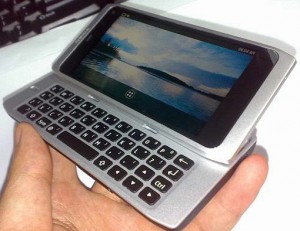When Apple announced the iPhone 4S, the main feature to set it apart from previous offerings was Siri, a virtual personal assistant. With all its products, Apple claimed Siri was amazing, incredible, and unlike anything else (which no doubt angered Vlingo). What wasn’t so readily mentioned by Apple (instead buried away in a crevice on its website) is the fact that Siri is still in beta. The adverts showing Siri behaving like a portable Yellow Pages and fortune teller also omit this, along with any disclaimer that the feature may not work as well as advertised. To make matters worse, Siri doesn’t know business information or certain location-based information outside of the US – unlike its rivals Vlingo and Windows Phone’s Ask Ziggy.
So Apple’s flagship feature has landed the company in legal trouble once again – following the tradition of Apple being sued after an iPhone release, with users suing the company over the iPhone 4 “antenna gate” problem whereby holding it a certain way dropped calls (leading to Steve Jobs’s famous retort to “not hold it that way”, before getting up on stage to declare (falsely) that it’s a problem to plague all mobile phones), and an earlier court case where Apple got in trouble for claiming the iPhone offered a “full web” experience when it did not provide access to Flash content. This time around, it’s a man from Brooklyn, Frank Fazio, suing Apple, with the case claiming that Siri does not work as advertised because it produces incorrect answers, fails to understand what is said, doesn’t locate local shops and can’t understand directions, whereas the adverts show Siri understanding and replying to all these things without missing a beat, and even assisting people to learn music.
The inclusion of Siri led Fazio to spend $299 on an iPhone 4S, and his disappointment with how it performs has led to the case, which states that “The iPhone 4S’s Siri feature does not perform as advertised”. While it has yet to be decided in court if Apple has been misleading or not, Fazio is only one of a growing group of 4S users and critics frustrated with Siri, which seems to be hugely overhyped in the adverts. Other complaints of the service include it having a difficult time understanding non-US English accents (although it also seems to have trouble understanding American accents), and with Siri requiring an Internet connection to work, as most processing is done not on the phone but on Apple’s servers, it will not work for anyone without a connection. This particular problem was particularly troublesome when Apple had an outage that rendered Siri unusable for about a day.
Whether Apple’s claims are misleading has yet to be decided, but Fazio is part of a growing chorus of discontent over Siri. Despite an initially positive reception from reviewers when the iPhone 4S launched in October, users and critics have raised complaints about the iPhone 4S’ oft-hyped feature. The biggest complaint is that Siri requires an Internet connection to function since most of the heavy-duty processing is done on Apple’s servers and not the phone itself. So if you are without connectivity, Siri will not work. And the phone doesn’t even have a backup feature, such as the iPhone’s old voice control features, for basic Siri-like functions such as voice dialing. Siri’s connectivity limitations were highlighted in November when Apple suffered an outage that knocked Siri service offline for about a day.






